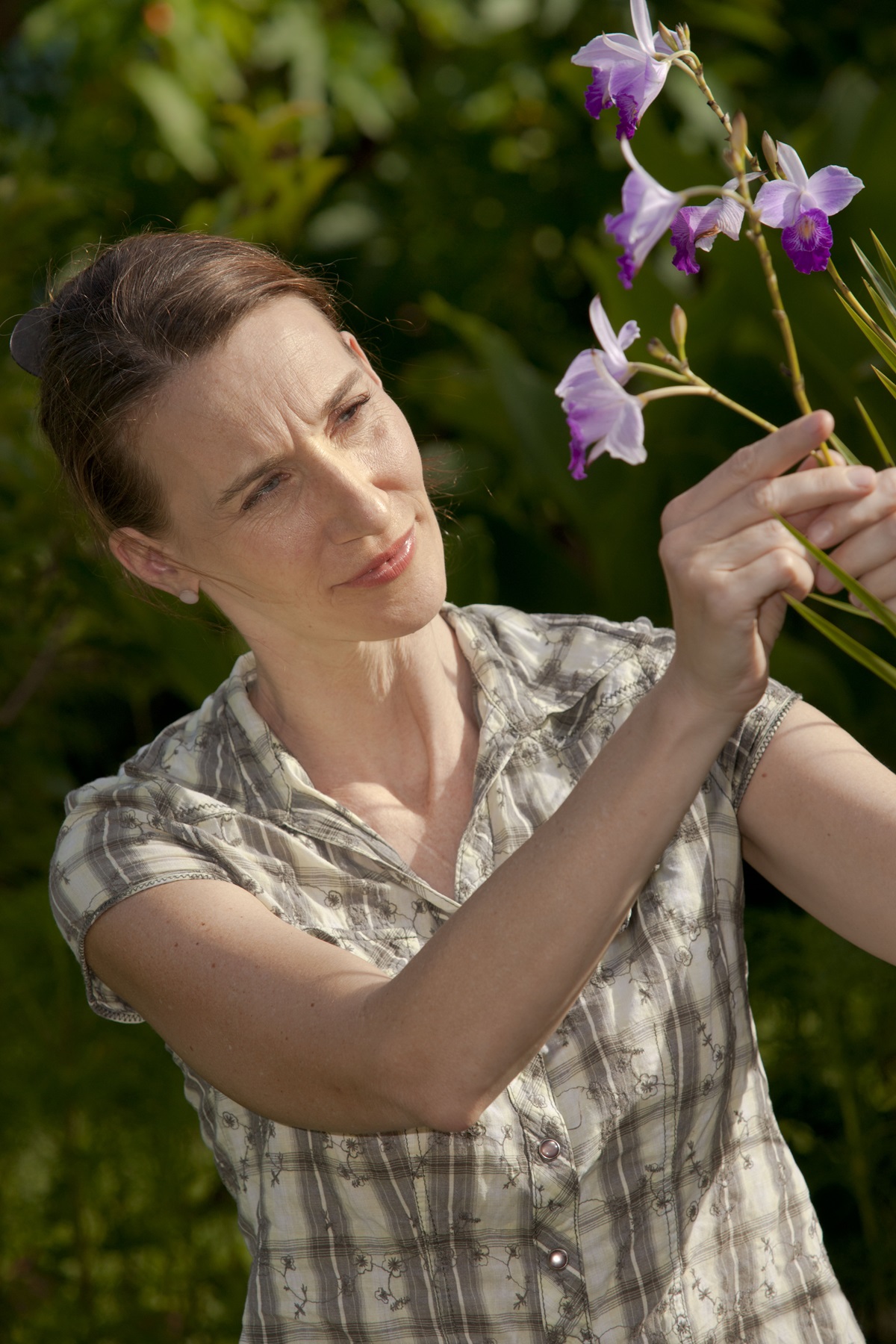
Harvest weed seed control should be seen as a ‘footbrake’ that helps decelerate weed population growth in the southern high rainfall zone (HRZ), rather than an ’emergency handbrake’.
That’s according to a study of the impact and economic benefit of harvest weed seed control (HWSC) in the HRZ, undertaken as part of a Grains Research and Development Corporation (GRDC) research investment.
The analysis was conducted by Southern Farming Systems (SFS) research and extension officer, James Manson, who concluded that HWSC is likely to capture only 30 per cent of problematic annual ryegrass (ARG) seeds in the southern HRZ – compared with 70% in other regions of Australia.
“But this 30% is valuable to farm businesses because of the high productivity of the region,” Mr Manson says.
“Therefore, HWSC has a fit in the southern HRZ farming systems, but it fits differently. It is not the ‘holy grail’, but it can play a supporting role for integrated weed management strategies.”
The GRDC has just released a publication of the findings from the study, ‘Harvest Weed Seed Control for the Southern High Rainfall Zone‘, which can be found on the GRDC website’s harvest resource hub.
HWSC is an umbrella term that refers to a range of technologies and practices that captures weed seeds at harvest for subsequent management through a range of approaches. These include chaff carts, narrow windrow burning, chaff lining, chaff tramlining (chaff decks) and weed seed impact mills. However, the first critical step of HWSC involves capturing weed seeds and getting them into the harvester. This is largely governed by the physiology of the weed species.
While research has previously established that HWSC offers significant agronomic and economic benefits in low and medium rainfall zones, the effectiveness of HWSC in the HRZ had until recently not been fully quantified.
Mr Manson says the HRZ is different to other rainfall zones in many respects: “The southern HRZ is a unique agroecological region in Australia. Not only does it have a high yield potential, it is also cool with a longer growing season, and both characteristics may affect the role that HWSC should have in this region’s farming systems.
“It has been recommended that harvesters cut at 15 centimetres above ground height when using HWSC to maximise the amount of weed seeds captured, however, high-yielding environments produce heavy stubble loads that hinder harvest operations.
“These environments also produce crops with large biomass that cause ARG plants to grow taller and develop seed heads higher above the soil surface. This raises a question about the practicality of using HWSC in the HRZ and whether it is necessary to cut as low as 15cm.”
Mr Manson says the southern HRZ’s cool climate extends the growing season and, as a result, cereals are harvested through December and January (much later than in other parts of Australia).
“This may provide ARG with enough time to shed seeds before harvest. This is a critical question in understanding the efficacy of HWSC.”
To test the previously held assumption that HWSC has a similar fit in integrated weed management packages in the HRZ as it does elsewhere, a GRDC investment led by SFS in collaboration with Riverine Plains Inc, MacKillop Farm Management Group and FarmLink was implemented from 2015 to 2018.

The research addressed three key questions:
- Is HWSC effective? Small-plot experiments were conducted in Victoria (Lake Bolac, Rutherglen, Yarrawonga), South Australia (Conmurra) and Tasmania (Cressy). All trials except for Rutherglen were for two to three consecutive years on the same plots. Sowing date, crop cultivar choice and harvest cut height were hypothesised to assess the efficacy of HWSC.
- Is HWSC practical? On-farm trials were conducted in Victoria, SA and southern New South Wales to test the practicality of using HWSC technologies, ground-truth their efficacy and measure operating costs.
- Is HWSC profitable? The data from these trials was pooled to re-calibrate a farm systems model which was used to explore the long-term economic impact of adding HWSC to a wheat-barley-canola rotation.
Key findings contained in Mr Manson’s report include:
- A realistic target for ARG seed capture in cereals in the southern HRZ is 30%; HWSC is a useful tool that can help control, but not drastically reduce ARG numbers;
- It is difficult to increase the efficacy of HWSC in the southern HRZ through agronomic means. A harvest cut height of 15cm was no more effective than 30cm. Changing the crop cultivar and time of sowing did not manipulate ARG phenology and/or the harvest date enough to prevent high ARG seed shedding;
- Estimate the extra costs associated with HWSC before investing. Consider nutrient removal, extra fuel usage, extra wear-and-tear costs and depreciation. Any decrease in harvest speed caused by a HWSC technology should be carefully estimated.
In conclusion, Mr Manson says HWSC could make a valuable contribution to weed control in the southern HRZ by decelerating the population growth of ARG, but growers should not expect it to reduce a weed burden quickly.
“HWSC must be combined with consistently effective herbicides and other weed management options to reduce weed numbers, and even then, the reduction in ARG seedbanks will be small and slow.”








